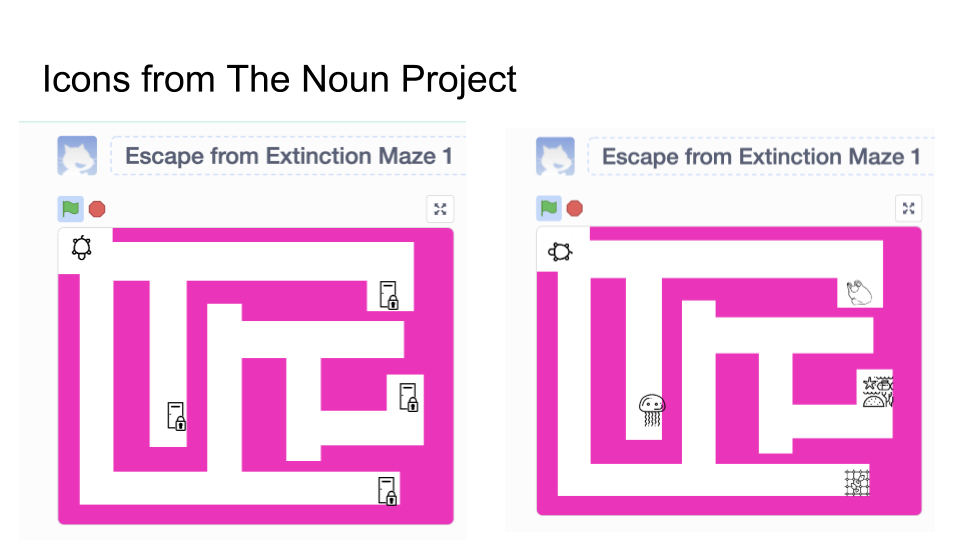


There are two numbers: singular and plural. In the third person singular there are distinct pronoun forms for male, female, and neutral gender. The author is saying this is about other people. Third-person is the most common person used in academic writing.

The speaker or author is saying this is about you, the listener or reader.
#Old person the noun project free#
Feel free to let yourself in when you get here!.Aisha is the subject and object of the sentence.Trini is the antecedent for the pronoun her.Jason is the antecedent for the pronoun him.So, what are the antecedents and pronouns in these sentences? Trini does her hair and make up every day-with no exceptions.Jason likes it when people look to him for leadership.Without the antecedent, your readers (or listeners) won’t be able to figure out what the pronoun is referring to. Its and it both have the same antecedent: “a pronoun.” Whenever you use a pronoun, you must also include its antecedent. Let’s look at the first sentence of this paragraph again:īecause a pronoun is replacing a noun, its meaning is dependent on the noun that it is replacing. Before we get into the different types of pronouns, let’s look at how they work in sentences.īecause a pronoun is replacing a noun, its meaning is dependent on the noun that it is replacing. Like nouns, pronouns can serve as the subject or object of a sentence: they are the things sentences are about. Pronouns include words like he, she, and I, but they also include words like this, that, which, who, anybody, and everyone.


 0 kommentar(er)
0 kommentar(er)
